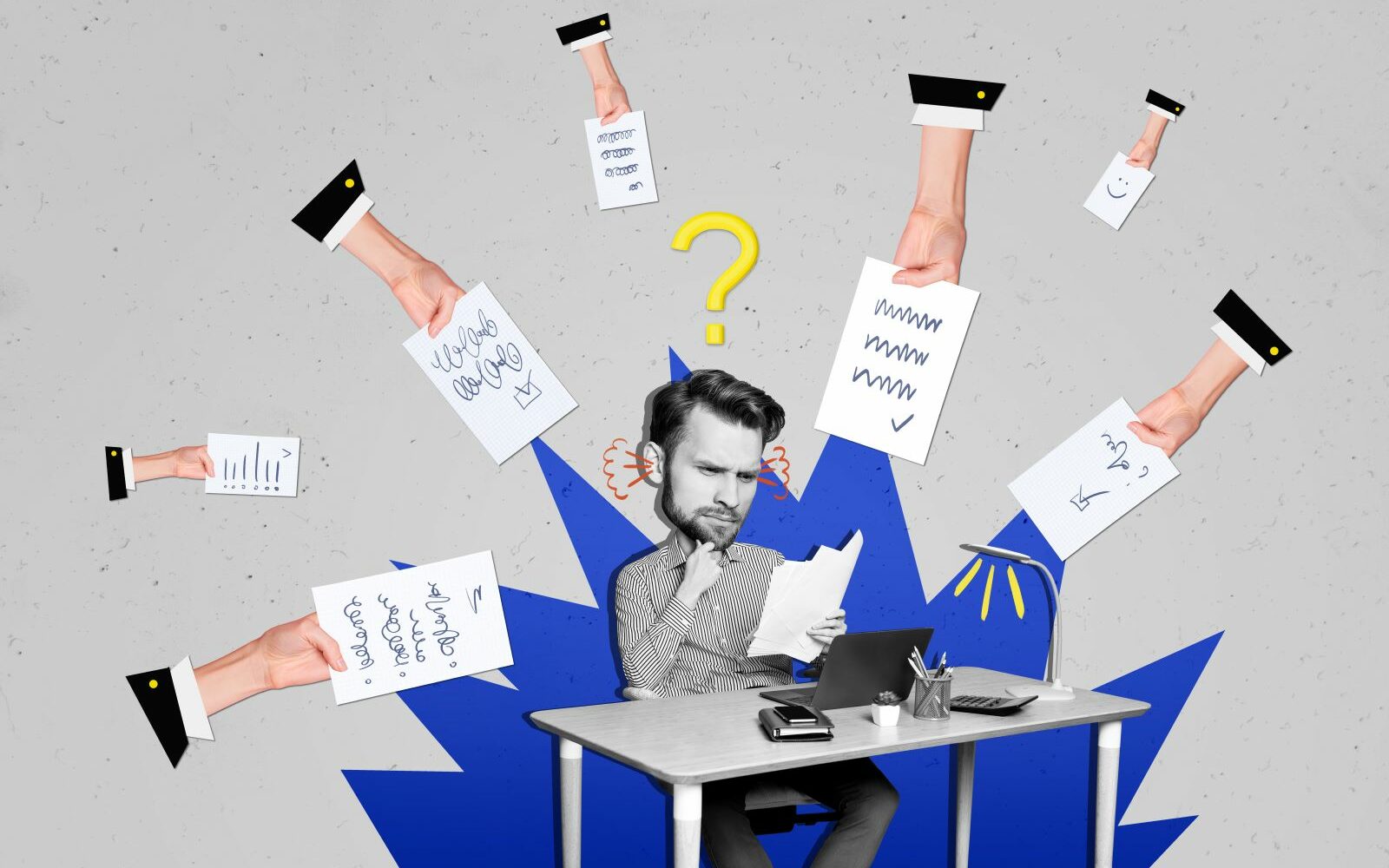What’s the best way to prepare for a meeting where the goal of that meeting is to solve a problem? What’s the key difference between a problem solving meeting and a decision making meeting?
Let’s first identify the challenges in a problem solving meeting and make sure our plan addresses each of those points.
Meeting challenges:
- Different perceptions of the definition of the problem.
- Unclear understanding of the magnitude and future consequences of the problem.
- Disorganized brainstorming process for a solution.
- Misalignment on the cost/benefit of different solutions.
- No clear ownership of the solution.
The goal of a problem solving meeting is to discuss solutions to a problem only after all participants fully agree on the definition of that problem. Everyone attending the meeting should be a part of a group responsible for identifying and correcting the problem.
In a decision making meeting, the group is already presented with a solution(s) and is coming to a consensus on how to proceed. The method for how to come to a decision is predefined as either a vote, group consensus or a leader made decision.
Also Read: A Complete Guide: Planning a Decision Making Meeting
Now that we understand what we’re aiming to accomplish in our two meeting types, let’s address solutions for each of our problem solving meeting challenges.
Listen to the participant’s definition of the problem. Ideally, a meeting organizer can try soliciting input prior to the meeting and share a summary of it at the start of the meeting. It’s key that everyone agrees that their perspective is being repeated accurately. If that’s not possible, participants should share their definition of the problem at the start of the meeting. Before moving forward, get agreement from everyone on the definition of the problem.
Discuss how long the problem has been going on and what will happen if the problem isn’t resolved. The solutions people present in a problem solving meeting are highly dependent on understanding the real impact (or cost) of the problem. Share with the team how long ago the problem started and what the future will look like depending on when the problem is solved.
Weigh the pros and cons of a solution in real time. A core practice to keeping a brainstorming process organized is to write things down as you go and document the advantages and disadvantages of each proposal. You can do this on a shared document or up on the whiteboard. All participants should be viewing the growing list.
Create criteria for key factors that should be considered. Common factors are financials, resources, time, values and accessibility. Discuss these areas in the meeting. Consider each factor while brainstorming on a solution.
Gain consensus before ending the meeting. There should be one option that the list of advantages and disadvantages shows as a winner. The participants included in this meeting should be the people who can execute on a solution. Clearly defined next steps that are reviewed and distributed are the last steps for this problem solving meeting.
Also Read: A Complete Guide: Creating the Perfect Meeting Agenda






